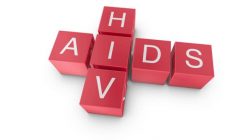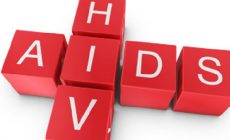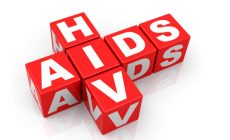World AIDS Day
The statement was made at this year’s World AIDS Day observed on December 1 on the theme “90-90-90: Providing Comprehensive Services for all Towards an HIV-Free Generation.”
It was attended by some selected groups within the region and some junior and senior high school students.
Dr El-Adas said every researcher must be astute and stay within the ethics of research rather than being sensational, urging people living with the disease to continue to stay on the drugs prescribed by their caregivers.
She announced that the Commission on Human Right and Administrative Justice (CHRAJ) and the law enforcement agencies were playing key roles in addressing the human rights needs of PLHIV and key persons who dealt with them.
She described elimination of stigma and discrimination as paramount to the commission, and urged PLHIV not to hesitate to report any abuse as soon as it occurred, assuring them that they would be assisted.
Dr El-Adas commended the government and the legislature for the progress made with the new Ghana AIDS Commission Bill, which will receive presidential assent before the close of this year.
Regional minister
The Ashanti Regional Coordinating Director, Mr Kofi Dwumor-Asubonteng, who spoke on behalf of the regional minister, Mr John Alexander Ackon, advised the students to realise that they were the future leaders and should steer clear of any electoral violence.
He also urged them to refrain from premarital and unprotected sex and also educate their families on the need to refrain from stigmatising people living with HIV.
The United Nations (UN) Women identifies some of the factors that prevent adolescent girls and young women from protecting themselves against HIV as gender-based violence, limited access to health care and education coupled with systems and policies that do not address the needs of young people.
According to a 2015 United States Agency for International Development (USAID) report, young women aged 15 – 24 had the highest risk of being infected with HIV, and in sub-Saharan Africa, the most affected region in the world, the situation was even more alarming, with women accounting for 60 per cent of the total number of people living with the virus in West and Central Africa.











 (Selorm) |
(Selorm) |  (Nana Kwesi)
(Nana Kwesi)